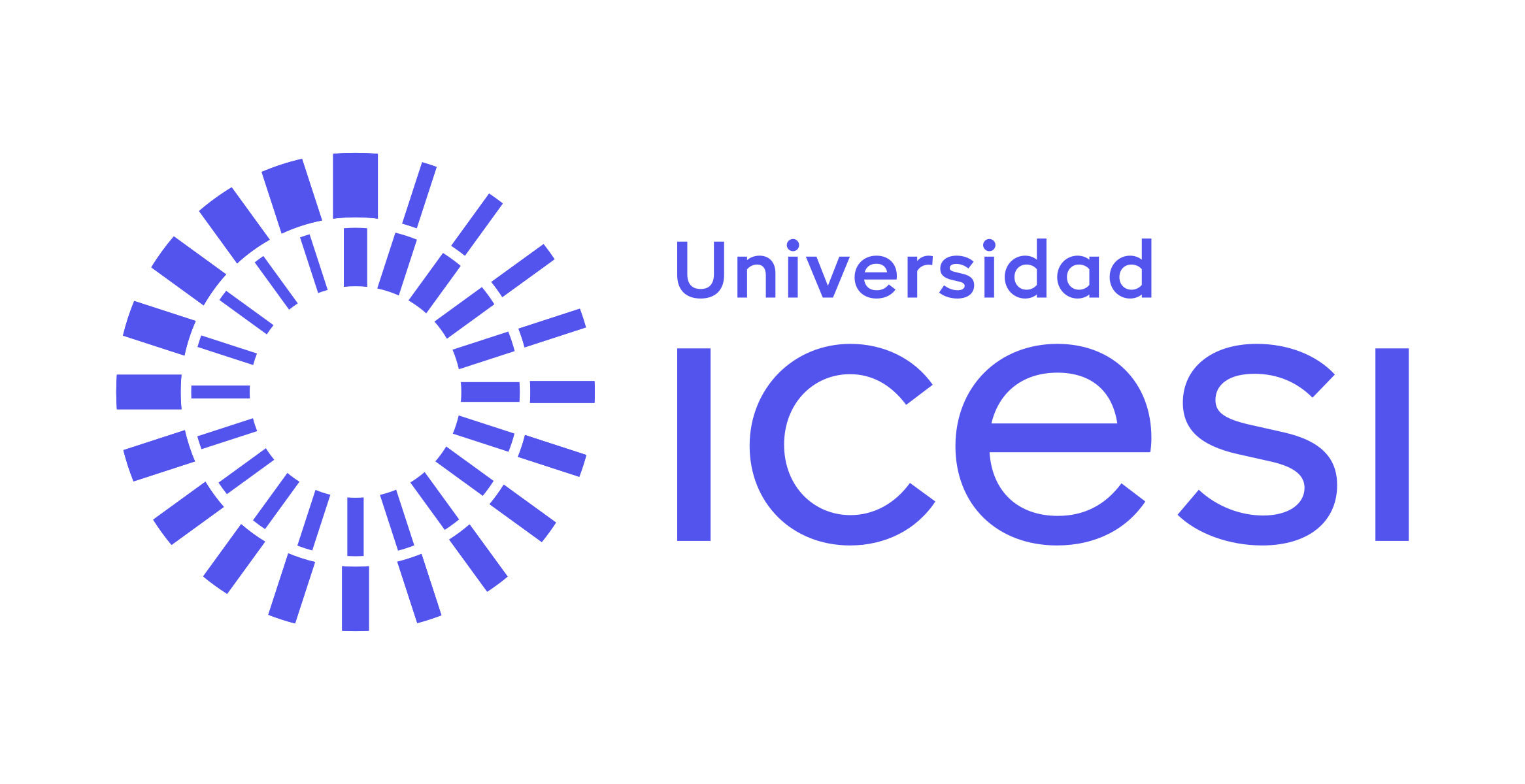Optimal Portfolio allocation for latin American stock indices
Fecha
2010-01-01
Autores
Berggrun Preciado, Luis
Director de tesis/Asesor
Título de la revista
ISSN de la revista
Título del volumen
Publicador
Pontificia Universidad Javeriana
Editor
Compartir
Documentos PDF
Resumen
Abstract
This article uses four methods to derive optimal portfolios comprising inves
tments in the seven most representative stock exchanges in Latin America from 2001 to 2006 and it studies their composition and stability through time. The first method uses a historical variance – covariance matrix and the second one em
ploys a semi-variance – semi-covariance matrix. The third method consists of an exponentially weighted moving average and the fourth and last method applies resampling. From a practical point of view, this result is significant because less rebalancing can mean greater potential savings. The article further analyzes the performance of optimal portfolios as compared to equally weighted portfolios. The results of applying the Sharpe ratio in the out-of-sample period provided no evi
dence of statistically significant differences between optimal portfolios and equally weighted portfolios. However, some evidence is provided in favor of resampling as the returns obtained in the out-of-sample period showed stochastic dominance over the returns of the portfolios estimated using more traditional methodologie
Resumo
Descripción
Este documento utiliza cuatro métodos para derivar portafolios óptimos con inver - siones en los siete mercados accionarios más representativos de Latinoamérica y estudia su composición y estabilidad temporal. El primero usa una matriz de varianza y covarianza histórica; el segundo, una matriz de semivarianza y semi - covarianza; el tercero, un promedio móvil con ponderaciones exponenciales, y el último, remuestreo. Desde una perspectiva práctica, este resultado es importante, pues los ahorros por un menor rebalanceo pueden ser considerables. Además, se comparó el desempeño de estos portafolios óptimos ante portafolios equitati - vamente diversificados. No se hallaron diferencias estadísticamente significativas en la razón de Sharpe de portafolios optimizados y portafolios equitativamente diversificados en el período fuera de muestra; sin embargo, hay evidencia a favor del remuestreo, por cuanto los retornos obtenidos en este período presentaron dominancia estocástica sobre los retornos de portafolios estimados con metod - ologías más tradicionales.
Palabras clave
Economía, Negocios y management, Economics, Business, Portafolio, Inversión, Mercados
Keywords
Palavras-chave
Citación
DOI
Handle
ISBN
ISSN
0120-3592

